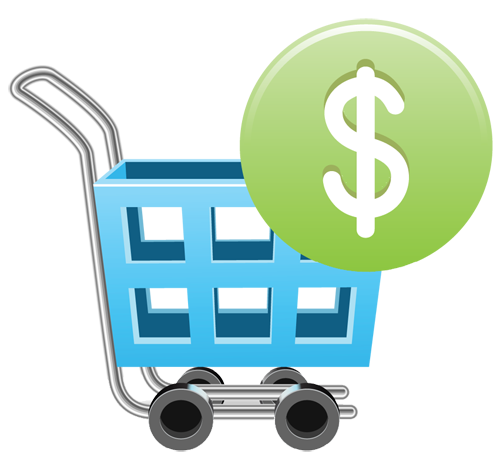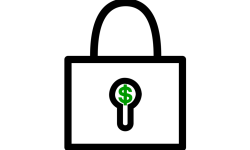Choose The Right Payment Gateway
Starting an online store can be quite different from a brick-and-mortar store. It changes a lot of dynamics in the way you conduct business - strategies, consumer segments, supply chain, pricing, etc. While the terminology and approach may differ, there are few similarities too. Like, both have shopping carts, both have to abide by tax codes and the end goal is same in - Checkout.
A brick-and-mortar store uses a point of sale (POS) terminal to charge a customer and the same system in online business is referred as Payment Gateway.
With a vast array of payment gateways to choose from (EasyStoreHosting, for example, supports the integration of any payment gateway the client prefers), identifying the gateway that’s appropriate for your store and brand can be a strenuous process. To assist you in the process, here are few important criteria to consider while short listing and comparing payment gateways.
Cost:
Like all other business’s cost effectiveness is critical to online selling as well and thus the first criteria are finding the cost or sign-up fee for a payment gateway. There are several costs you need to consider here. There is often a start-up or integration cost involved to configure the module on your e-store. Then there are several other costs such as per-transaction charge, minimum/maximum number of monthly transactions, a flat per-transaction fee regardless of the number of transactions processed, or a monthly payment plan without any annual or minimum commitments.
Transaction fees eat into your profits. A 1% transaction fee can seem like a small amount, but if you’re a high-volume retailer, this can actually be quite high. For example, if your sales are $10,000 a month, a 1% transaction fee would cost you $100 a month.
If you have your own store on any marketplace such as eBay or Amazon, you would be paying transaction fees for each sale PLUS transaction fees of using the payment gateway. If you expect to sell a large volume of products, then having your own store and choosing a gateway with one-time sign-up fee can be more effective in the long run.
Digital Security:
Credit / debit, internet banking credentials, inventory and customer data intersect at the point of sale. As an online seller, ensuring your service provides adequate security is more important than ever. Data encryption is a minimum feature. But in the light of increasing theft of confidential information entered online, additional features such as VeriSign SSL certificates, transaction billing address, CVV2 verification, etc. must also be included when selecting a payment gateway. Remember, gaining trust from online buyers is critical to eCommerce success.
Debit Card and PayPal Processing:
In order to keep debt levels under control, more people now chose to make payment through Visa or MasterCard-compatible debit cards in place of high-interest credit cards. However, managing a debit card transaction is different from managing a regular credit card charge, hence your payment service needs to specifically support debit cards. Similar to a debit card, PayPal lets consumers spend against a more realistic limit and also provides high levels of security. Again, processing a PayPal transaction is different than processing a credit card or debit card charge. Not having this functionality can also result in higher rate of shopping cart abandonment.
Multi-Currency Support:
Digital Revolution provides an opportunity for almost anyone. This opportunity is worth tapping into if you’re selling product/s with a global demand. Digital products, in particular, are worth selling online and internationally as it eliminates the costs of shipping, warehousing, and storage. If you have a product or products - physical or digital, which you wish to sell across the globe, choose a payment gateway which provides multiple currency support. On the other hand, if you intend to sell only in one country, you may want a payment gateway that supports a single currency ( the one that serves your purpose). Some payment gateways may allow you to sell only physical products not digital.
On-site or Off-site:
During on-site payment processing, a customer never leaves your site while making the payment. Off-site, payment gateways take customers away from your website and onto their website. PayPal is an example of an off-site payment gateway. For small companies, off-site payment processing may not matter as much since the goal is to complete the transaction. But for bigger brands looking to create a consistent online experience would prefer to keep customers on site at all times.
Customer support:
Payment processing is critical to any business and thus problem, if any, must be addressed immediately. Before finalizing a payment gateway it is important to check out the levels of customer support provided. Customer support can vary between service providers, ranging from 24/7 on-call support to email responses within 24 to 48 hours. Generally, the more in-depth or flexible support capability, the higher the cost of the payment gateway. The service support can also vary between the different modules you chose from the same service provider.
Keeping in mind all the above criteria, here you can find a side-by-side comparison of 10 payment gateways you can choose from.






